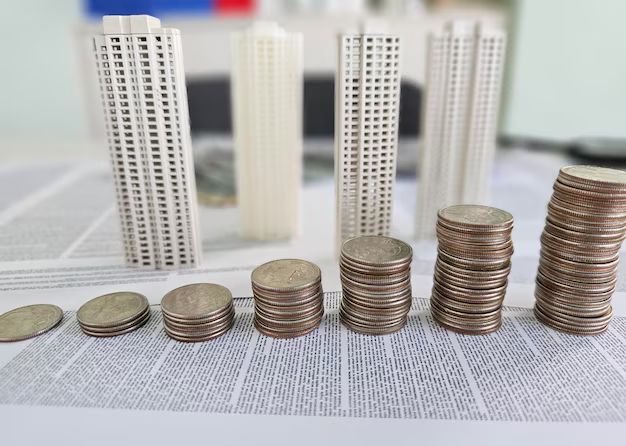Understanding the Costs of Building an Apartment: What to Expect and How to Plan
When contemplating the construction of an apartment building, understanding the financial commitment involved is crucial. The cost varies significantly depending on factors like location, size, materials, and design. While there's no one-size-fits-all answer, you can expect to invest anywhere from $150 to $350 per square foot for a mid-range apartment building. Let's dive into the key cost components and explore financial resources that can support your venture.
Key Factors Influencing Apartment Building Costs
Location Matters
The location of your project plays a major role in determining costs. Urban areas with high demand often command higher prices for materials, labor, and land. Conversely, rural or less developed areas might offer more affordable options. Local regulations and zoning laws can also impact costs, as they may dictate specific building requirements or fees.
Design and Materials
The design and materials you choose will greatly influence the cost per square foot. High-end finishes, unique architectural features, and sustainable materials tend to increase expenses. Opting for standard designs and materials could help manage costs if your budget is tight.
Labor Costs
Labor costs can make up a sizeable portion of construction expenses. Hiring skilled professionals is essential, but their rates can vary based on experience and demand in the area. Investing in a competent team ensures quality outcomes, which might save you money on costly repairs or modifications later.
Permits and Fees
Navigating the world of permits and fees is another important step. Consult with local authorities to gain a thorough understanding of what's required. Budgeting for these expenses from the start can prevent unwelcome surprises during construction.
Exploring Financial and Government Assistance
While the initial cost of an apartment building might seem daunting, myriad financial aids are available to lighten the load. Exploring these options can provide necessary funding while managing risk.
Government Aid Programs
Consider exploring government aid programs specifically designed for building developers. Programs may offer grants or low-interest loans, especially if the project includes affordable housing units. These incentives can significantly reduce the financial burden and improve community accessibility.
Financial Assistance and Loans
Financial institutions often provide construction loans tailored for large-scale projects. Building a strong business plan with financial projections will make you a more attractive candidate for loans. Different lenders offer varying interest rates and terms, so shop around for the best fit for your financial goals.
Credit Card Solutions
Though not ideal for primary funding, credit card solutions can help manage short-term cash flow challenges. Opt for cards with favorable interest rates or perks like cashback on construction-related purchases. However, use them responsibly to avoid long-term debt.
Educational Grants and Credits
Some regions provide educational grants or credits for incorporating energy-efficient designs and materials. Consider integrating sustainable features into your plans to qualify for these benefits. Increasing the eco-friendly quotient of your building not only saves money but also aligns with modern market trends, attracting eco-conscious tenants.
Building an apartment complex is an ambitious project that requires strategically navigating costs and resources. By understanding the cost components and exploring financial aid, you can turn this dream into a feasible reality.
Here’s a concise summary of potential financial assistance and solutions:
- 🏢 Government Aid Programs: Check local housing authorities for grants or low-interest loans.
- 💼 Financial Assistance and Loans: Approach banks with a solid construction plan for favorable terms.
- 💳 Credit Card Solutions: Use cautiously for small expenses to manage cash flow.
- 🌱 Educational Grants and Credits: Implement energy-saving designs to qualify for regional incentives.
Balancing cost management with high-quality construction ensures lasting investment returns. Whether you're embarking on this journey solo or with partners, staying informed and resourceful is the key to success.
